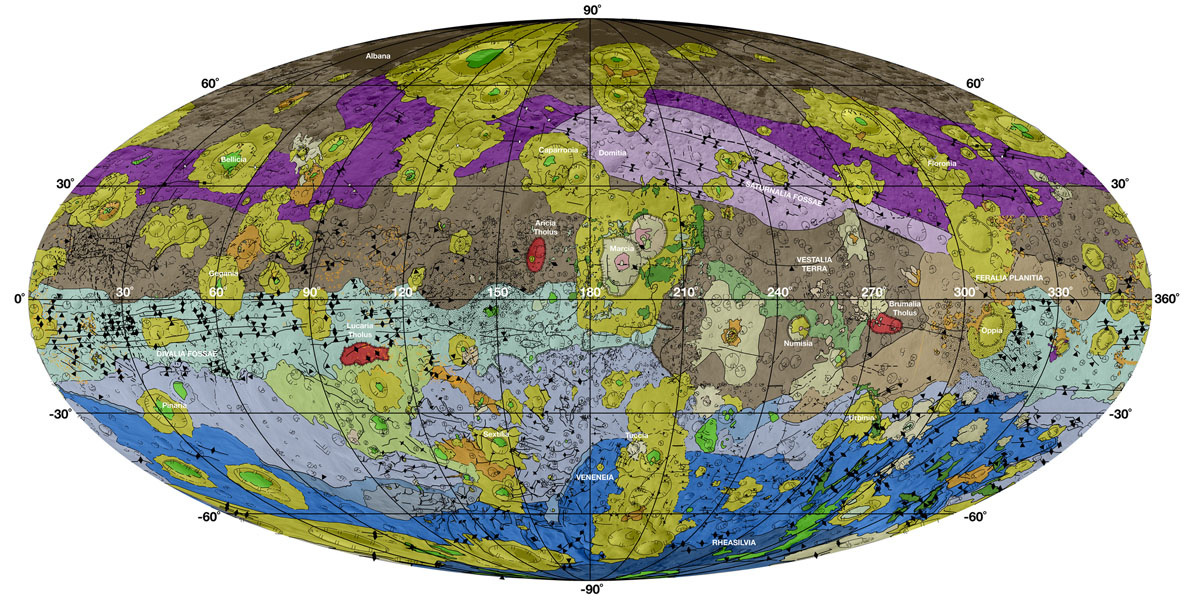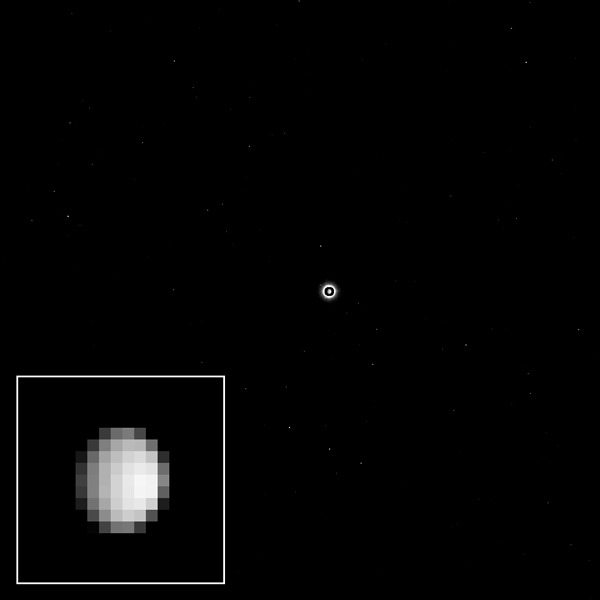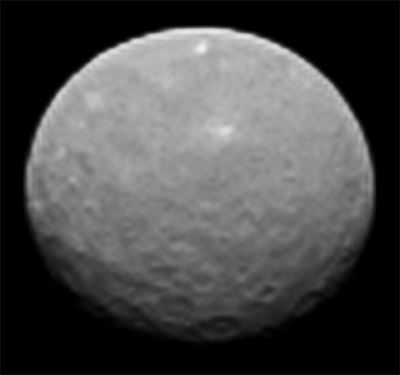I personally don't like the term minor or dwarf planets! If we need to use the term dwarf planet to be politicaly correct; than we should use the term giant in the same way when referring to the solar system!BDanielMayfield wrote:Is Doug still out there in the blogosphere, or did he give out since his questions weren't being answered?dougettinger wrote:Are "minor" and "dwarf" planet considered interchangeable for Pluto and Ceres ?
Doug
Anyway, as modifiers of the noun "planet" the words "minor" and "dwarf" are not interchangeable. I'll be corrected if I'm wrong (and maybe even if I'm not wrong) but dwarf planets are the smallest objects that actually are planets by virtue of the fact that their mass is large enough to have pulled themselves into a round shape. Minor "planets" aren't planets, at least in many (most?) people's (persons?) opinions. Minor planets refer to all the irregularly shaped leftover (natural) junk that's orbiting the Sun.
Bruce
Lets see; that gives us 4 planets 4 giant planets and a half a dozen of so dwarfs! My gosh; isn't life complicated enough as it is? The junk as in the asteroid belts; I grew up calling them asteroids of planetoids! I never really heard the term minor, but I guess it is just as good as dwarf! I know; dwarf is officially the correct term for Pluto; Ceres; and a few others! I don't think Vesta quite makes the grade; or does it?





